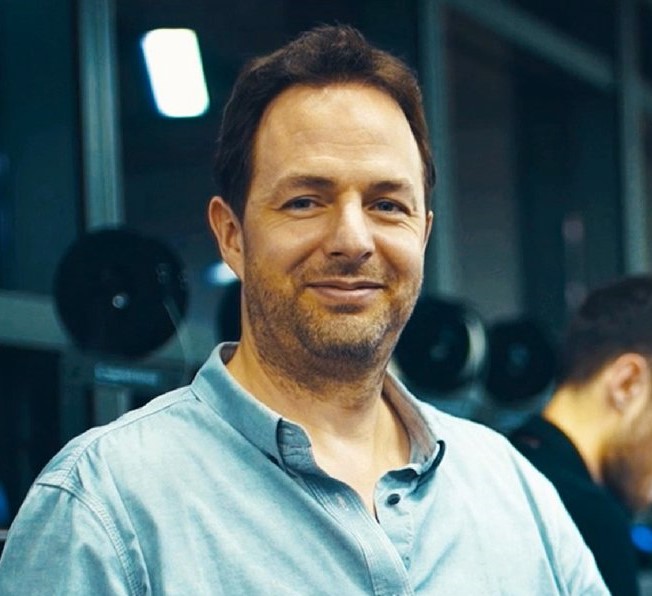- Video Library
- Sana Health | Richard Hanbury, CEO
Sana Health | Richard Hanbury, CEO

Richard Hanbury
With an MBA in Healthcare and Entrepreneurial Studies from Wharton Business School, Hanbury went on to become the founder of Sana, a device that allows anyone to have deep relaxation and pain relief anywhere in an average of 8-10 mintues. Sana has decades of research and anecdotal data and has just complete their first internal controlled trial.
Richard Hanbury
With an MBA in Healthcare and Entrepreneurial Studies from Wharton Business School, Hanbury went on to become the founder of Sana, a device that allows anyone to have deep relaxation and pain relief anywhere in an average of 8-10 mintues. Sana has decades of research and anecdotal data and has just complete their first internal controlled trial.

17011 Beach Blvd, Suite 500 Huntington Beach, CA 92647
714-847-3540© 2025 Life Science Intelligence, Inc., All Rights Reserved. | Privacy Policy







